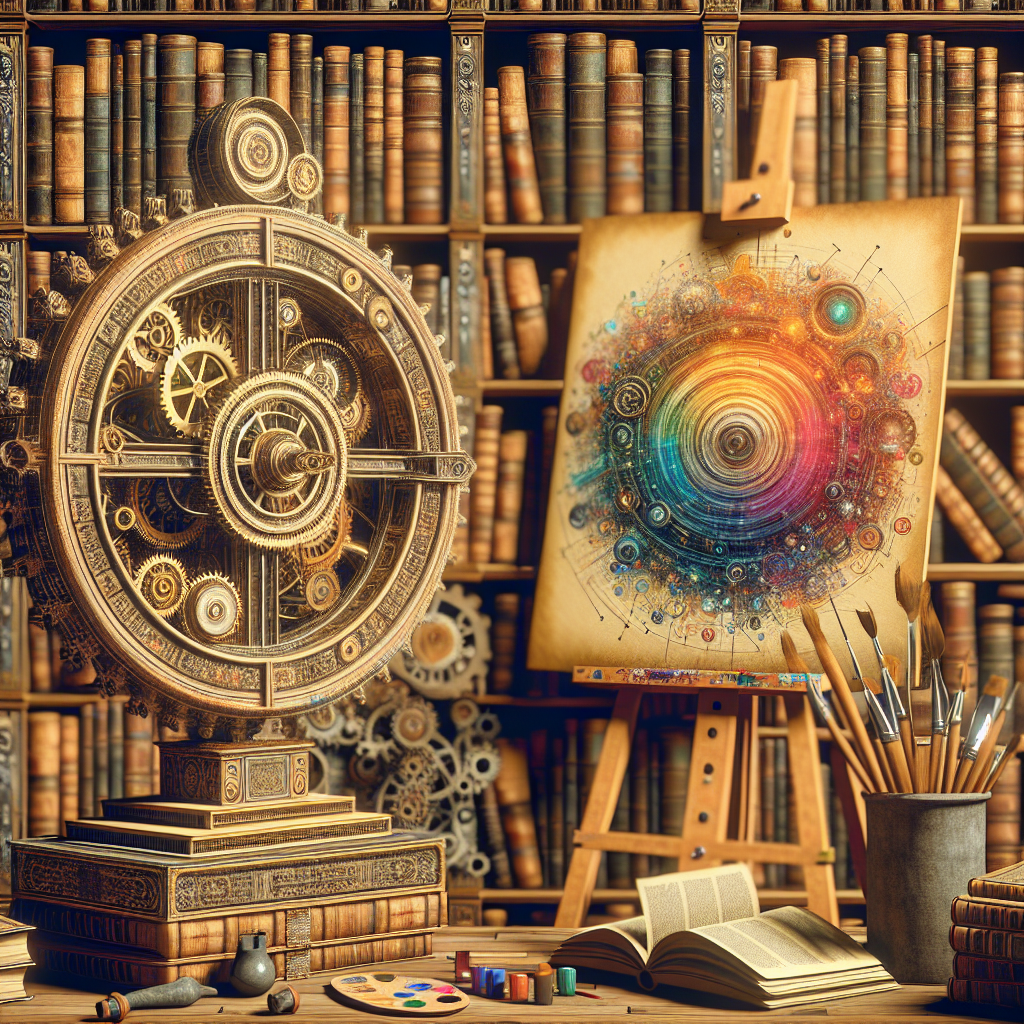Artificial Intelligence (AI) has made significant advancements in recent years, revolutionizing various industries and transforming the way we live and work. One area where AI is making a particularly big impact is in the world of art and creativity. From generating new art pieces to assisting artists in their creative process, AI-driven solutions are opening up a whole new world of possibilities for artists and art enthusiasts alike.
Exploring the Potential of AI-Driven Solutions in Art and Creativity
One of the most exciting applications of AI in art is the generation of new art pieces. AI algorithms can analyze vast amounts of data from various sources, including art history, styles, and techniques, to create new and unique artworks. These AI-generated artworks can range from paintings and sculptures to music and poetry, and they often challenge our traditional notions of creativity and authorship.
One of the most famous examples of AI-generated art is “Portrait of Edmond de Belamy” by the Paris-based collective Obvious. The portrait was created using a Generative Adversarial Network (GAN), a type of AI algorithm that pits two neural networks against each other to generate new images. The resulting artwork sold at auction for $432,500, sparking a debate about the role of AI in art and the value of human creativity.
AI is also being used to assist artists in their creative process. For example, AI algorithms can analyze an artist’s style and preferences to suggest new ideas and techniques for their artworks. This can help artists overcome creative blocks and explore new avenues in their work. Additionally, AI tools like Adobe’s Sensei can help artists automate repetitive tasks, such as color correction and image enhancement, allowing them to focus more on the creative aspects of their work.
Another exciting application of AI in art is the creation of interactive and immersive experiences. AI algorithms can analyze user inputs in real-time to generate dynamic and personalized artworks, such as interactive installations and virtual reality experiences. These AI-driven experiences can engage audiences in new and exciting ways, blurring the lines between art and technology.
Furthermore, AI is being used to preserve and restore artworks. AI algorithms can analyze high-resolution images of artworks to detect and correct imperfections, such as cracks and discoloration. This can help preserve artworks for future generations and provide valuable insights into the artist’s techniques and materials.
Overall, AI-driven solutions are revolutionizing the world of art and creativity, opening up new possibilities for artists and art enthusiasts alike. From generating new art pieces to assisting artists in their creative process, AI is pushing the boundaries of what is possible in the world of art.
FAQs
Q: Can AI really be creative?
A: While AI algorithms can generate new and unique artworks, some argue that true creativity requires human emotion, intention, and consciousness. However, AI can still be a valuable tool for artists, helping them explore new ideas and techniques in their work.
Q: Are AI-generated artworks considered art?
A: The debate over the status of AI-generated artworks as art is ongoing. While some argue that AI-generated artworks lack the emotional depth and intention of human-created art, others see them as a new form of creative expression that challenges traditional notions of authorship and creativity.
Q: How can artists benefit from using AI in their work?
A: AI can help artists overcome creative blocks, explore new ideas and techniques, automate repetitive tasks, and create interactive and immersive experiences. By incorporating AI into their creative process, artists can push the boundaries of what is possible in their work.
Q: Will AI replace human artists?
A: While AI algorithms can generate new artworks, many argue that true creativity requires human emotion, intention, and consciousness. AI is more likely to complement human artists, helping them explore new ideas and techniques in their work.
In conclusion, AI-driven solutions have the potential to revolutionize the world of art and creativity, opening up new possibilities for artists and art enthusiasts alike. From generating new art pieces to assisting artists in their creative process, AI is pushing the boundaries of what is possible in the world of art. As AI continues to evolve, it will be exciting to see how it shapes the future of art and creativity.

